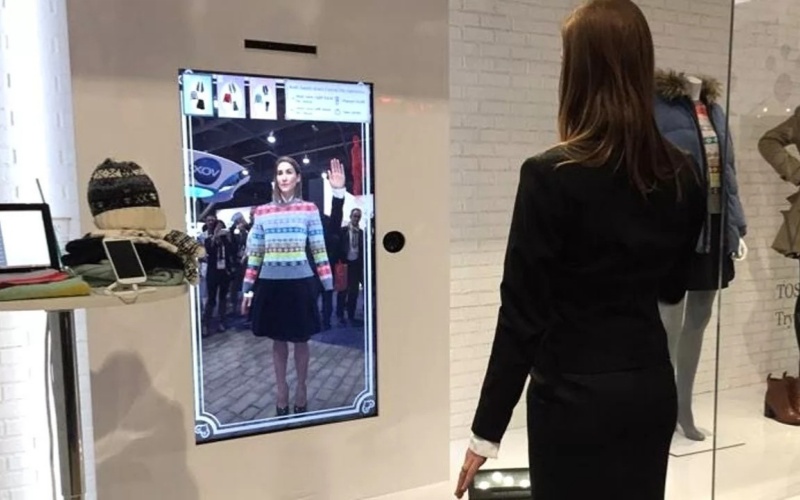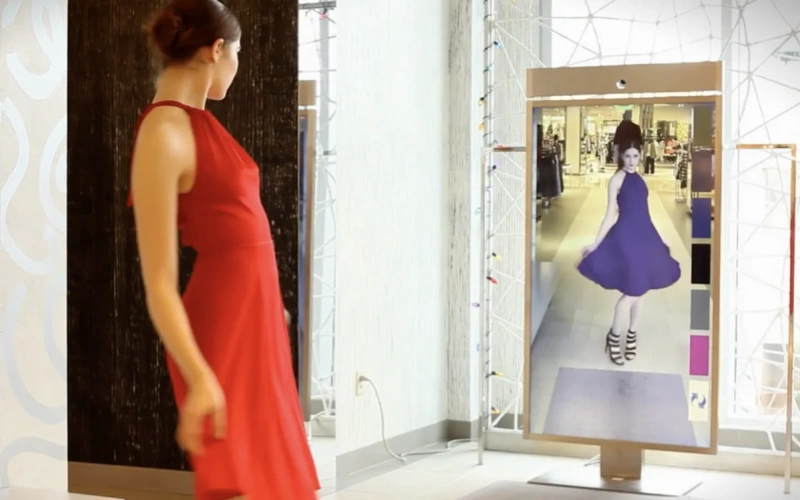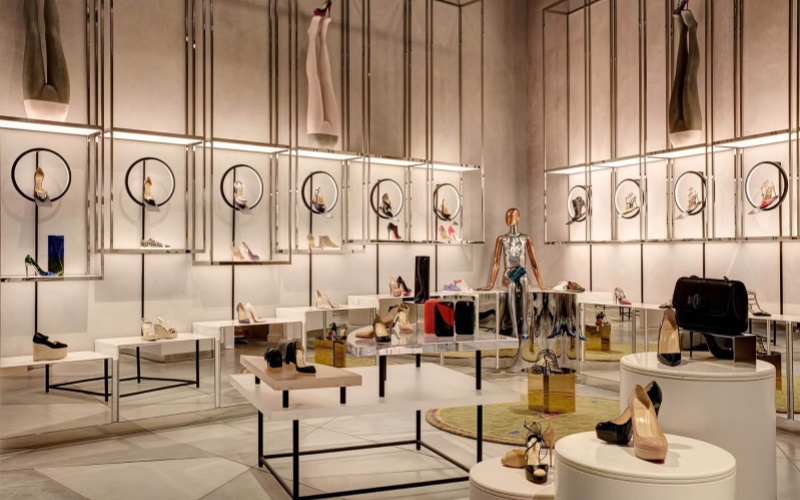
What Virtual Try-On Technology Can Do For Modern Shopping
One of the most significant advantages of virtual try-on technology is its ability to eliminate uncertainty in online shopping. Traditionally, consumers have faced challenges when purchasing clothing, accessories, or cosmetics without the opportunity to physically try them on. Virtual try-on offers a solution by enabling users to see how items fit and look on their own images or customizable avatars. This capability not only boosts consumer confidence in their purchasing decisions but also reduces return rates, which can be a substantial cost for retailers.
The technology behind virtual try-on has evolved rapidly, leveraging augmented reality and artificial intelligence to create realistic simulations. Shoppers can utilize their smartphones or computers to access virtual fitting rooms, where they can experiment with various styles, colors, and sizes. This interactive experience transforms shopping from a passive activity into an engaging exploration, allowing consumers to play with different looks and find what suits them best.

For retailers, integrating virtual try-on into their online platforms can lead to increased sales and customer loyalty. By offering an immersive shopping experience, brands can differentiate themselves in a competitive market. Consumers are more likely to return to a site that provides a fun and effective way to try on products. Additionally, virtual try-on can serve as a valuable marketing tool, as satisfied customers are likely to share their experiences on social media, further amplifying brand visibility.
To maximize the benefits of virtual try-on technology, retailers should focus on user-friendly interfaces. The process should be intuitive, allowing consumers to easily upload their images or create avatars without technical difficulties. Clear instructions and a seamless experience can enhance user satisfaction, encouraging repeat visits and purchases. Furthermore, incorporating social sharing features can enable users to showcase their virtual try-ons with friends and family, driving organic engagement.
Another important aspect of virtual try-on is personalization. Retailers can utilize data analytics to tailor the shopping experience to individual preferences.

By recommending products based on previous interactions or popular trends within specific demographics, brands can create a more customized shopping journey. This level of personalization not only enhances the user experience but also increases the likelihood of conversions.
As virtual try-on technology continues to advance, retailers should stay informed about emerging trends and innovations. Collaborating with technology providers to enhance the realism and functionality of virtual try-on solutions can keep brands at the forefront of the industry. Additionally, gathering feedback from users can provide valuable insights into how to improve the experience further.
Incorporating virtual try-on technology into the shopping experience offers numerous benefits for both consumers and retailers. By enhancing confidence in purchasing decisions, reducing return rates, and creating engaging interactions, virtual try-on is poised to shape the future of online shopping. As brands embrace this technology, they will not only improve customer satisfaction but also position themselves for success in an increasingly digital marketplace.









